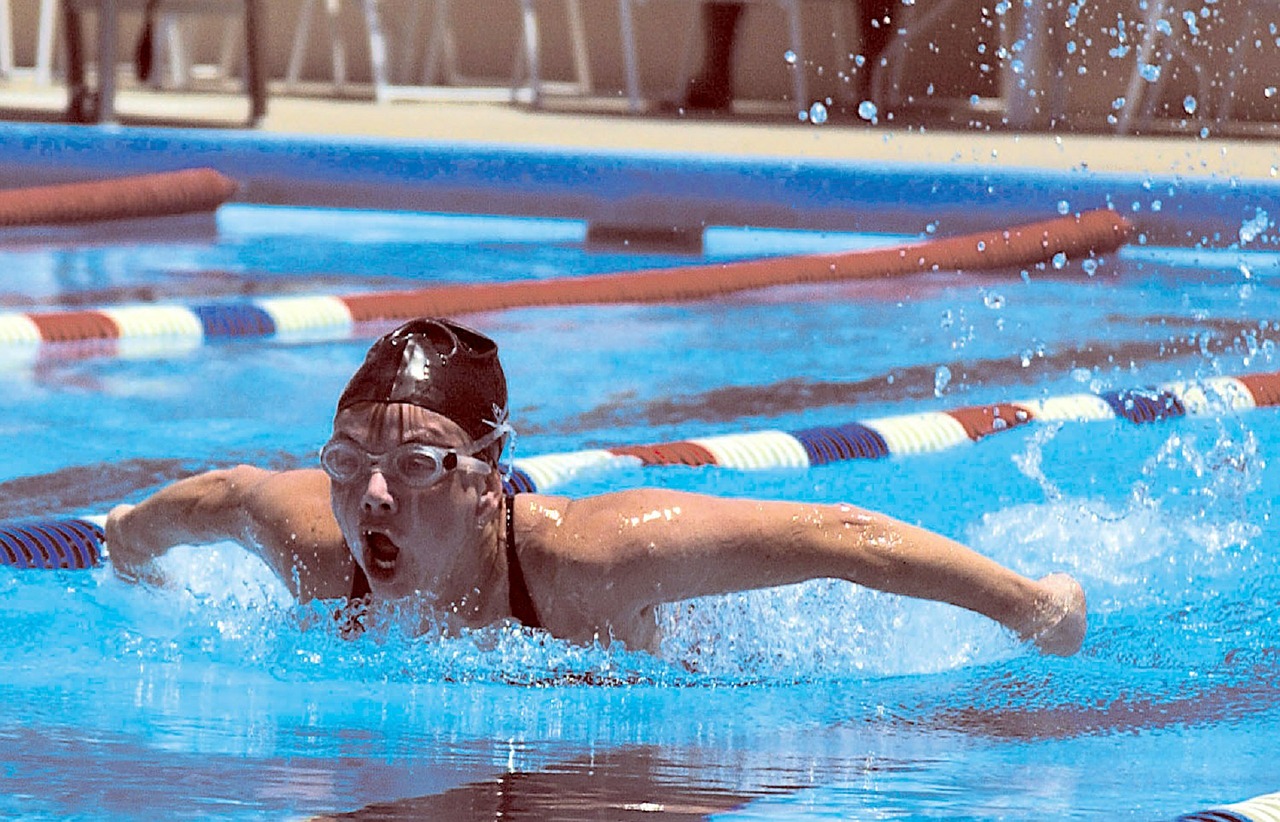Swimming Records: Pushing the Limits of Human Potential
Introduction: The Fascination with Swimming Records
Swimming records have long captivated sports enthusiasts and athletes alike, serving as benchmarks of human endurance, speed, and technique. From the early days of competitive swimming to the modern era of high-tech training and equipment, swimmers have continually pushed the boundaries of what is possible in the water. This article explores the history of swimming records, the factors that contribute to their achievement, and the remarkable athletes who have made their mark in the sport.
The Evolution of Swimming Records
The history of competitive swimming dates back to the 19th century, with the first recorded swimming competitions taking place in Europe. Over time, advancements in training methods, nutrition, and swimwear have played a significant role in breaking records. The introduction of the freestyle stroke, the development of the flip turn, and the use of hydrodynamic swimsuits have all contributed to faster times. Today, swimming records are meticulously tracked by organizations like FINA (Fédération Internationale de Natation), ensuring consistency and fairness in the sport.
Key Factors Behind Record-Breaking Performances
- Training and Technique: Elite swimmers dedicate countless hours to perfecting their strokes, turns, and starts. Coaches use video analysis and biomechanics to refine techniques, ensuring maximum efficiency in the water.
- Physical Conditioning: Strength, flexibility, and cardiovascular fitness are crucial for swimmers. Dryland training, including weightlifting and yoga, complements pool workouts to build the endurance needed for record-breaking performances.
- Nutrition and Recovery: Proper nutrition fuels athletes for intense training sessions, while recovery strategies like ice baths and massage therapy help prevent injuries and maintain peak performance.
- Technology and Equipment: Innovations in swimwear, such as full-body suits and low-drag fabrics, have significantly impacted swimming times. Additionally, advancements in pool design, including wave-dampening lane lines and optimized water temperature, create ideal conditions for record attempts.
Iconic Swimming Records and Athletes
Several swimmers have etched their names into history by setting world records that stood the test of time. Michael Phelps, the most decorated Olympian of all time, holds multiple records, including the fastest times in the 200-meter butterfly and 400-meter individual medley. Katie Ledecky has dominated women’s distance swimming, setting records in the 800-meter and 1500-meter freestyle events.
One of the most iconic records in swimming history is the men’s 100-meter freestyle, currently held by César Cielo, who clocked an astonishing 46.91 seconds in 2009. On the women’s side, Sarah Sjöström holds the record for the 100-meter freestyle with a time of 51.71 seconds, set in 2017.
The Future of Swimming Records
As technology and training methods continue to evolve, the potential for new swimming records remains limitless. Young talents like Summer McIntosh and David Popovici are already making waves, hinting at a bright future for the sport. However, the pursuit of records also raises questions about fairness and the role of technology, prompting organizations like FINA to regulate equipment and ensure a level playing field.
Celebrating Human Achievement
Swimming records are a testament to the dedication, skill, and perseverance of athletes who strive to be the best. They inspire future generations to push their limits and redefine what is possible in the pool. As the sport continues to evolve, one thing remains certain: the pursuit of swimming records will always be a thrilling and inspiring aspect of competitive swimming.
